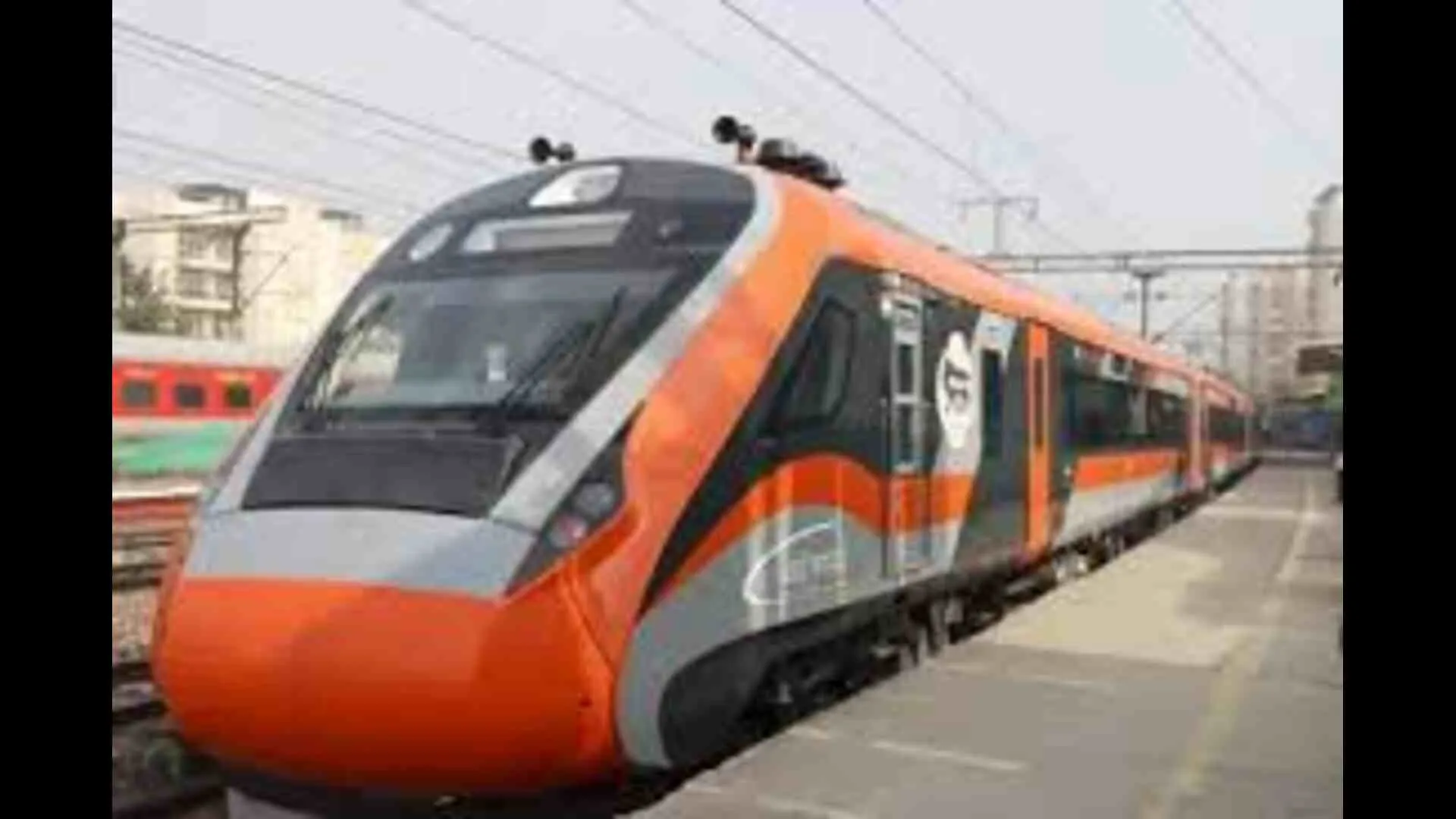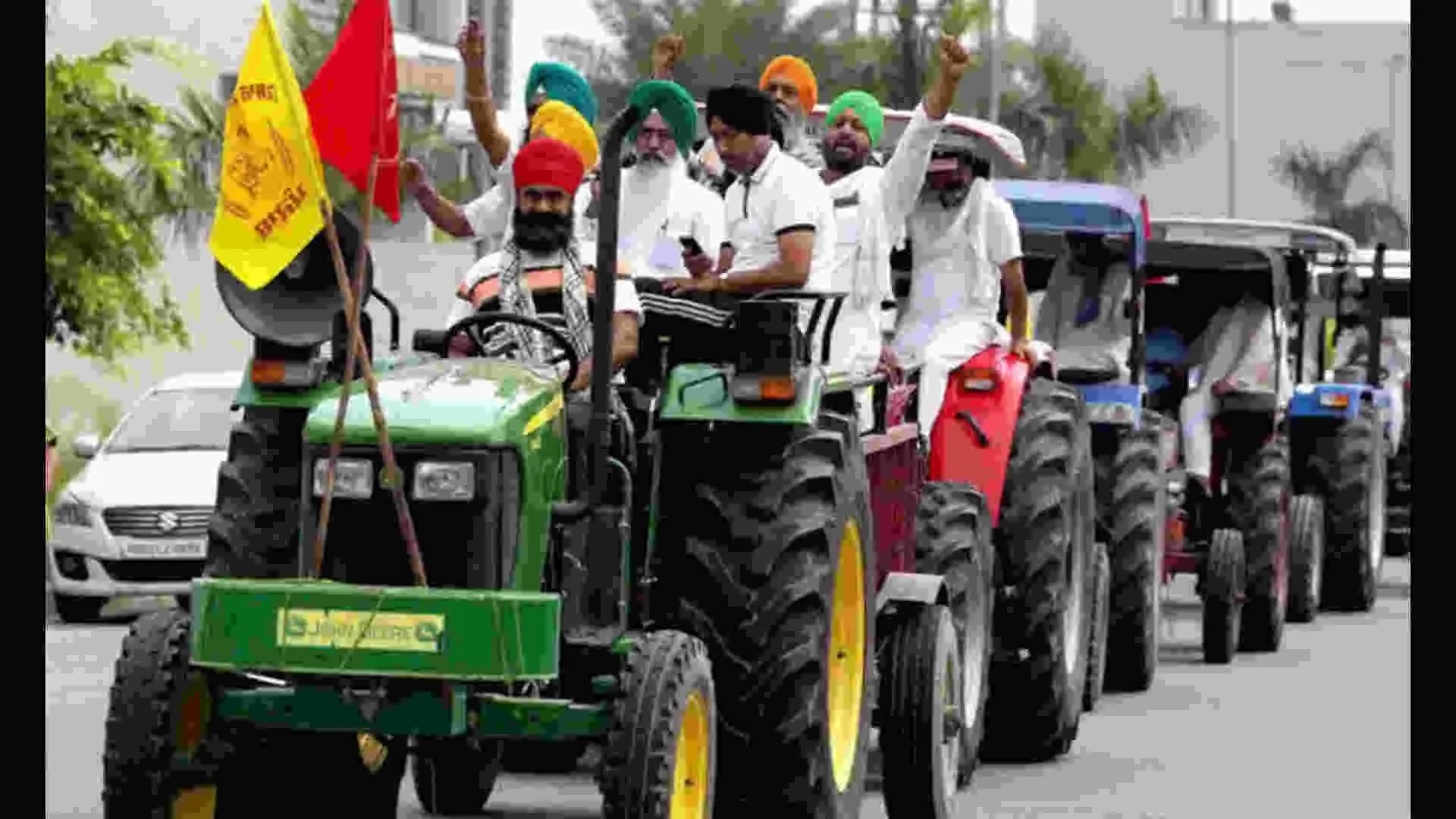The/Nudge Centre for Social Innovation presented a discussion on ‘Emerging Trends and Open Spaces in agri-tech’ to spark farmer-centric innovation that improves economic, social, and environmental outcomes and increase the income of small and marginal farmers in Indian agriculture. NewsX was joined by the expert panel which included Anil Kumar SG, Founder & CEO, Samunnati; Mark Kahn, Managing Partner, Omnivore; and Sudha Srinivasan, CEO, The/Nudge Centre for Social Innovation and moderated by Priya Sahgal, Senior Executive Editor, ITV Network.
In an attempt to build a better future for our farmers and focusing on especially the small, marginal and women farmers, Sudha kickstarted the conversation and said, “We started with the mission to launch and nurture India’s top talent to solve our most critical developmental challenges. There are so many social problems that technology can disrupt in particular, standing out as that space where more than half of India’s poor are engaged in some form of agriculture. The pathways out of poverty see roadblocks in the form of social norms that technology has the potential to disrupt. Technology can reduce the volume of inputs that go into the soil which later translates to the ability of the farmer to sell while meeting the standards of fuel density of pesticides or whatever’s preventing them from accessing, the range of possibilities was very wide. Unfortunately, as you look at active investments in the last few years, a lot of it is customer and consumer proximity. This is almost a void in the farmer-centric space that puts the farmer at the centre, making their livelihood important.”
Mark expressed his views on trends in agri-tech in India and abroad, “The amount of investment coming into agricultural tech startups annually in India was $15 million a year. In this past 12 month period, we’ve probably crossed $600 million. So it’s been up into the right over the last decade, it is better than it was earlier. When we talk about the kind of trends that we’re seeing globally and in India, the global agri-tech is different from the Indian agri-tech. Indian agri-tech is in some ways better positioned. The defining characteristic of Indian agriculture is the fact that you have 130 million farmers farming in an average landholding up just slightly more. No other nation in the world has that. If you think about all the debates we’re having from a policy perspective, about our Mandi system, our dairy economy which instead of working with large dairy farms like everywhere else in the world the biggest trend we see in Indian agriculture is digital outreach. We now can build a base layer to reach all of these disparate groups although every farmer does not have a smartphone. If we take one of our portfolio companies they are reaching about six lakh farmers. We, at Omnivore, say profitability, sustainability, and resilience are the three big challenges faced by Indian agriculture.”
Talking about how agri-tech is helping the small and marginal farmers and addressing the access to technology for the small farmers, Anil said, “The moment one gets into agriculture and talk about smallholder farmers the number one dimension is the smallholder which is where the rubber meets the road. The second dimension is the sector as a whole to the expanse of what agriculture is as a sector. Now, making the horizontal and vertical is where the entire benefit to the smallholder farmer would have to operate. Before getting into how technology is going to help the farmer I’ll digress a little bit and also share what is declining. I completely agree with both Sudha and Mark saying that things have changed significantly in the last few years, especially in the last five years. In addition to the capital inflows that Mark mentioned, the entire agriculture ecosystem is seeing the buoyancy: an ecosystem level, not only the entrepreneurial side that we are seeing but also the enablers that the ecosystem is seeing has not been absorbed as I have spent about 21 years of my professional experience in banking in the rural area. Things have changed significantly in the last five years in addition to the capital inflows. There is a lot of energy in the ecosystem. The moment you see this energy in the ecosystem, there are two dimensions. One is each one of us is several of the entities that are operating in this space and are looking at addressing one or two critical parts of this ecosystem agriculture. On the vertical capital, somebody is looking at satellite imagery in terms of monitoring and some entities are looking at horizontally. How can we be aggregators of all of these individual interactions? The collaboration of this horizontal and vertical is what will bring technology on its way. You take the benefit of technology, the attribution and the result of the technology contributing Rs 200 in their pocket is an important message. How can technology translate into upliftment in the livelihood is the single largest factor that will determine the adoption rates? The beauty of an ecosystem being active would also mean the smallholder farmer could adopt these technologies. Some players can also play the role of making these technologies.”
Throwing light on funding and the early stages of the incubation and how they prove over the years, he said, “The other way of looking at it is the number of integrations that have mushroomed. If you see the lifecycle of an entity reaching up to a stage of being able to get seed funding, there is an incubation and plan to touch the incubators. There is proof of concept and production capability and demonstrating a reasonable scale is when you get into the equity space. And the same thing CAG report also talks about more than 2000 startups in agriculture in various forms and shapes. From a banker point of view, when there is some distance to cover and a significant gap that is not in the equity funding at the seed stage but it isn’t working capital. Many entities don’t need equity but need working capital to deploy their solution product or technology to the intended users. Some of these entities struggle due to the way a debt fund looks at is still very traditional and rudimentary. They would look at the percentage of the activity, financial returns, profitability etc. But the agri-tech space is very young. You cannot expect a technology company in agriculture to have demonstrated a vintage of deploying their operations and showing sustainable financial records that’s not available yet.”
Sudha, who comes from the field of socio-entrepreneur, said, “One thing to note is the changing demographics of rural India. There’s a generational shift, far more farmers today, who are digitally illiterate, have aspirations beyond doing what their parents did. The pandemic also showed us the exodus from the urban centres back to the villages, although a lot of them might come back. We still need to look at India’s development in a more distributed manner that reduces the dependence on the urban centres and revitalises rural economies. Agriculture already is the labour of the sector. For me, the single biggest whitespace is the opportunity in near farm industries, something that goes beyond the activity of sowing, tilling, reaping, harvesting, to expand additional revenue streams for the farming communities.”
Responding to what else can be done to encourage farmer-centric startups financially, Anil said, “Before getting into how we can encourage financially I also want to bring in the demand now the transitory role that technology can bring to it is changing the visual of what agriculture would mean. The moment you say a farmer, and agriculture, we get the visual that of drudgery and impoverished farming family, not making much end, not getting a fair deal of what they’re producing and at the receiving end of everything. How can we make technology that drives the youngsters into agriculture and can we transition this visual to the young generation working with the gadgets? On his farm, happy children running around, mechanisation happening, and making a productive yield out of agriculture. And the bridge to these two worlds is technology, and this technology would also be the incentive and could also be the catalyst for youngsters to move from a physical directory (agriculture in an actual sense) to high tech farming which is where our country is moving towards.”























